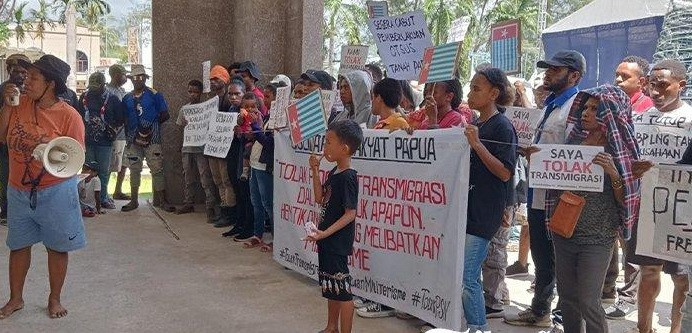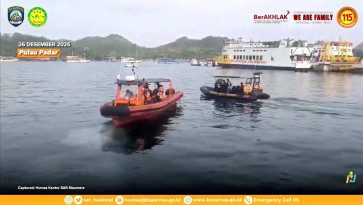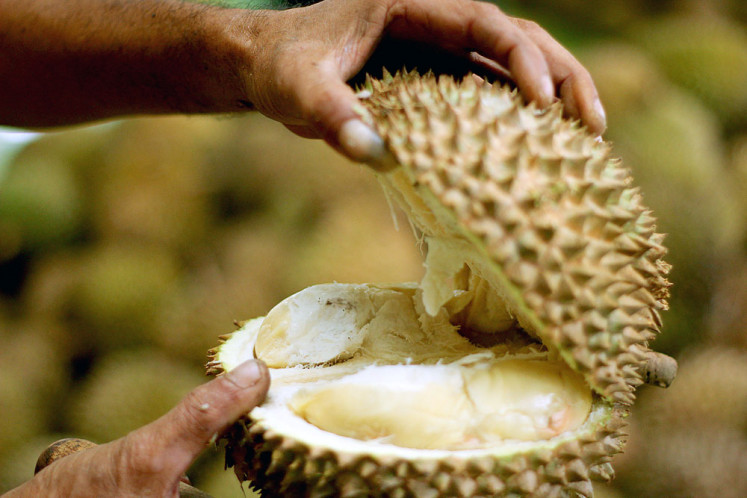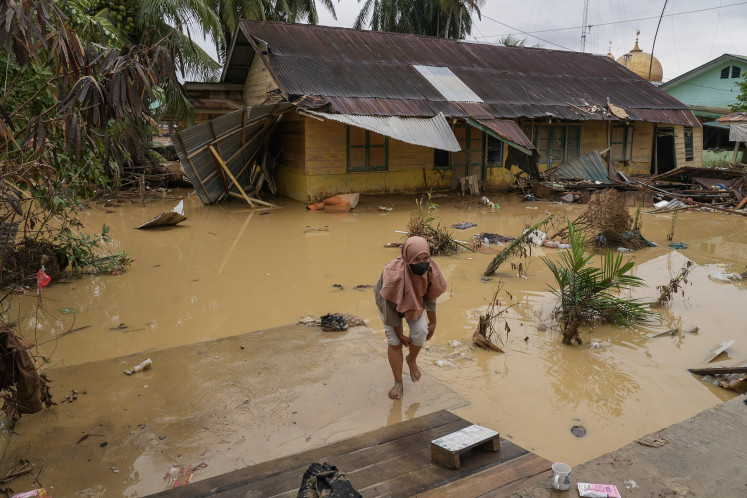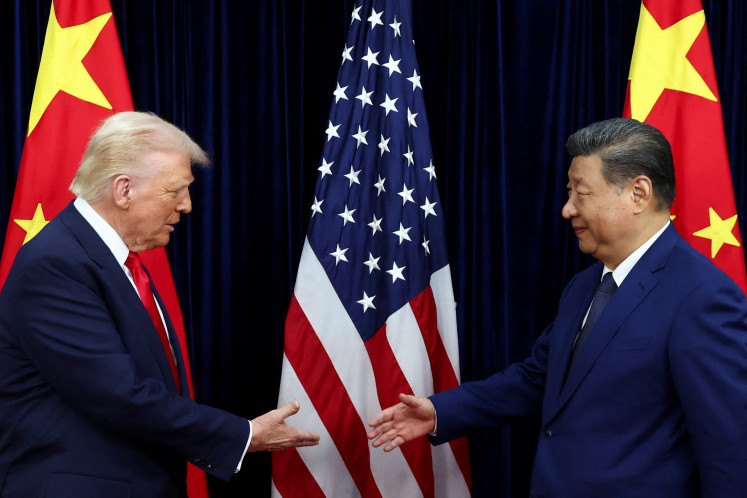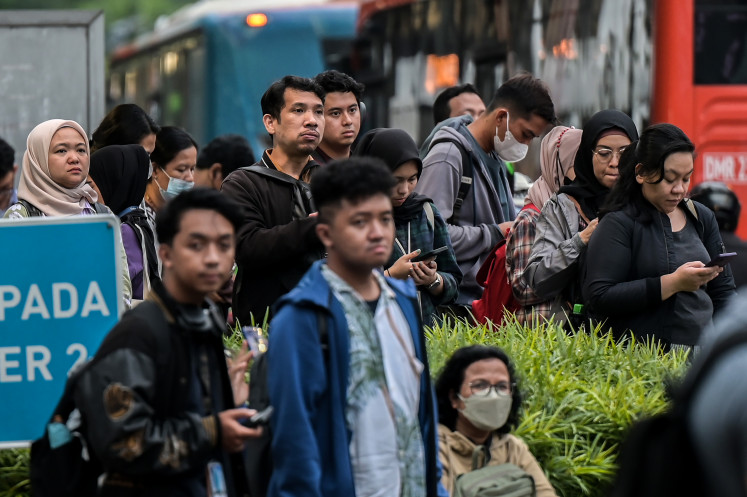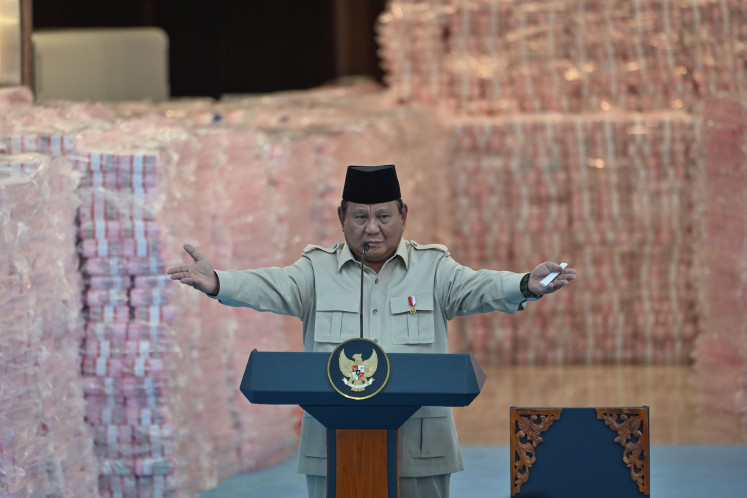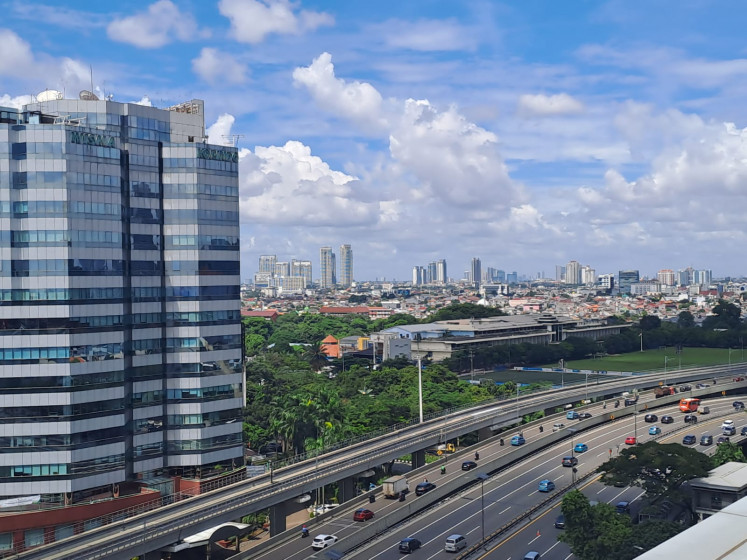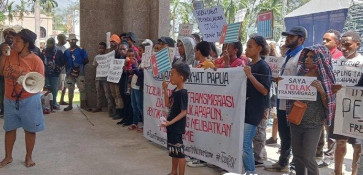Popular Reads
Top Results
Can't find what you're looking for?
View all search resultsPopular Reads
Top Results
Can't find what you're looking for?
View all search resultsFrom violence to land grabs: The cost of transmigration in Papua
Transmigration in West Papua was preceded by a series of threats and violent acts that paved the way for settlers while indigenous people were exterminated and their land was taken for a pittance.
Change text size
Gift Premium Articles
to Anyone
T
his opinion started from a simple question of curiosity: Why does the government persist in continuing large-scale projects, especially transmigration, despite its history of failure?
This question leads me to focus on transmigration in West Papua, extending it further: Why has the persistence of transmigration continued and even been recently revived? Although it was officially halted in 2000, the successive administrations of Joko “Jokowi” Widodo and Prabowo Subianto look determined to continue it, despite its negative effects.
Transmigration in West Papua did not begin on a blank slate but was preceded by a series of threats and violent acts that paved the way for settlers while indigenous people were exterminated, and their land was taken for a pittance. The first transmigration project in Sorong was launched in 1978. However, before it was implemented, the Moi people had already endured over a decade of violence and threats.
My interviews with the Moi people and archival research reveal that the Indonesian Military (TNI), then ABRI, conducted brutal operations in the area from 1966 to 1969. The methods used mirrored the atrocities of the 1965 communist purges in Java. The Moi were kidnapped, murdered and buried in their own graves before being shot, while others were thrown into one of Sorong's largest rivers, Warsamson. These acts of terror allowed the transmigration projects to go unhindered.
This history is well documented, notably in a thesis at Gadjah Mada University by Johny Kamuru, who later became the regent of Sorong from 2017 to 2022. Kamuru gained recognition for halting several oil palm plantation operations in the region.
The Indonesian government took over indigenous Moi land at an extremely low price, using military-backed intimidation. Archival records from the Supreme Court provide a striking example: The government acquired approximately 8,093 hectares (ha) of Moi indigenous land spanning from kilometer mark (km) 17 to km 32 in Aimas District, 20 kilometers out of Sorong, in an area now fully settled by Indonesian transmigrants.
Compensation for this land was set at a mere Rp 8 million (approximately US$500 today). This amount included payment for cash crops and native trees such as matoa, merbau and damar, which were essential for local livelihoods. The land was also home to sago groves, which served as a vital food source, as well as forests that provided essential resources for hunting and foraging.

